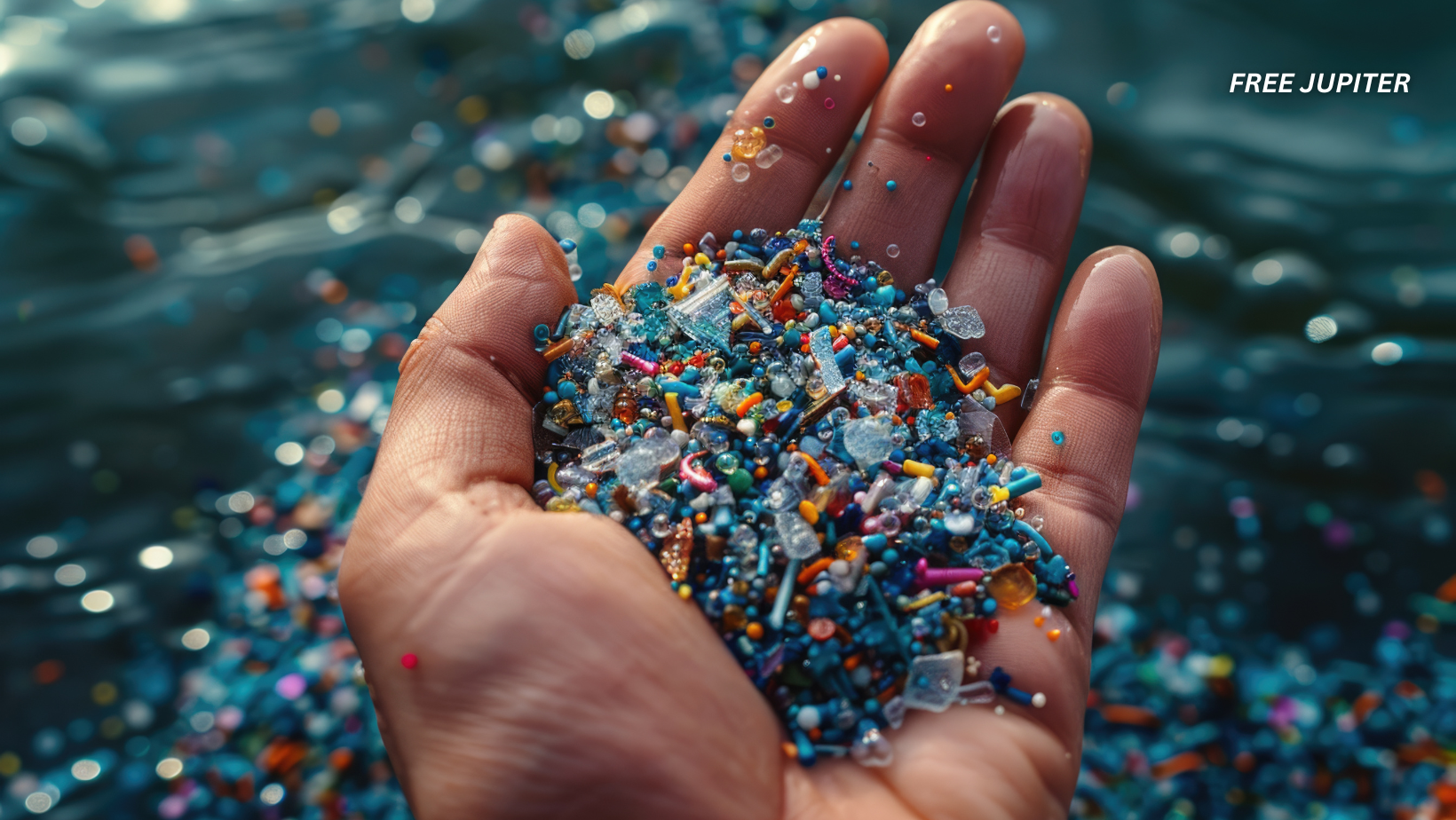Disclaimer: The information in this article is for general informational purposes only and is not medical advice. We are not doctors, and this website is run as a family hobby project. Always consult a qualified healthcare professional before making decisions about your health. Please fact-check any claims and use this content as a starting point, not a substitute for professional guidance.
In today’s world, we’re surrounded by plastic. It’s in our packaging, our clothes, our water bottles—and now, according to scientists, it’s in us. Tiny fragments called microplastics, often no larger than a grain of salt, have been detected in the most unexpected places: our food, our air, our oceans, and more alarmingly—our bloodstreams.
As unsettling as that sounds, one clinic in London believes it has found a way to get them out. The catch? A single session could set you back $12,000.
What Are Microplastics and How Did They End Up in Our Bodies?
Let’s rewind a little. Microplastics are the minuscule shards that result when plastic products break down over time. Think of a plastic bottle that’s been sitting in the sun or a fleece sweater shedding synthetic fibers in the wash. These particles, often less than 5 millimeters wide (some microscopic), are now pervasive in the environment—floating in rivers, falling with raindrops, and hiding in food chains.
Recent studies have found microplastics in drinking water, sea salt, milk, and even human placentas. In 2022, Dutch scientists published the first confirmed evidence of microplastics in human blood. In a study led by Dr. Heather Leslie and colleagues, plastic particles were detected in nearly 80% of the test subjects. That means that these particles aren’t just passing through us—they’re getting absorbed into our systems.
While researchers are still studying how harmful this might be, the mere idea of plastic circulating through your veins understandably makes people uneasy.
Clarify Clinics: The $12,000 Detox
Enter Clarify Clinics, located just a stone’s throw from London’s high-end Harley Street, a hotspot for elite medical practices. The clinic is now offering a procedure it says can remove microplastics from your bloodstream using a method called therapeutic plasma exchange.
Typically used for serious autoimmune diseases, this procedure involves removing a person’s blood, separating out the plasma (which contains things like hormones, nutrients, and potentially—pollutants), and replacing it with a substitute fluid like albumin or donor plasma. The red and white blood cells, once cleaned, are then pumped back into the body.
Clarify’s CEO, Yael Cohen, markets the treatment as something of a high-end wellness experience. Clients, she says, can nap, take Zoom meetings, or relax in spa-like surroundings while their blood gets “scrubbed.” It’s biohacking meets luxury health retreat.
Read more: This Natural Plant Extract Can Remove Up to 90% of Microplastics From Water
Who’s Actually Doing This—and Why?
The clinic says it’s attracting a particular kind of clientele: individuals struggling with chronic fatigue, brain fog, or long COVID symptoms. But also, perhaps unsurprisingly, it’s catching the attention of longevity influencers and wellness obsessives, like tech entrepreneur Bryan Johnson—famous for spending millions annually on treatments aimed at reversing his biological age.
This kind of clientele is often willing to try experimental health interventions, especially when traditional medicine doesn’t offer immediate solutions. For them, plasma exchange represents a novel way to “reset” the body from the inside out.
The idea is that if microplastics are interfering with biological processes—perhaps by triggering inflammation or disrupting cellular communication—then removing them might help restore balance.
Read more: Mars’ Glaciers Found to Contain 80% Pure Ice, Redefining The Planet’s Water Reserves
But…Does It Actually Work?
Here’s where things get murky.
There’s no scientific consensus yet on whether therapeutic plasma exchange can successfully remove microplastics from the bloodstream. While the procedure is widely accepted for certain autoimmune and neurological conditions, such as Guillain-Barré syndrome, myasthenia gravis, or multiple sclerosis, its use as a detoxification tool is unproven.
Even more crucially, the health effects of microplastics on the human body are still not well understood. Some studies suggest that these particles can cause oxidative stress and inflammatory responses in cells. Others raise concerns about plastic chemicals like BPA or phthalates, which can act as endocrine disruptors. But conclusive links between the presence of microplastics in the body and specific diseases or symptoms are still being researched.
In short, we know they’re there, but we don’t fully know what they’re doing.
As of now, no peer-reviewed studies have confirmed that filtering microplastics from the bloodstream improves energy levels, clears up brain fog, or boosts overall wellness. It remains, at best, a plausible-sounding hypothesis, not a medically validated treatment.
A Mix of Science and Marketing
That hasn’t stopped clinics like Clarify from offering the service. After all, there’s growing public anxiety about environmental toxins, and many people feel let down by conventional medicine’s inability to address vague but frustrating symptoms like fatigue or brain fog.
In that emotional gap between emerging science and personal suffering, a new kind of wellness industry is thriving—one that merges legitimate medical tools with aspirational health promises.
And that’s where therapeutic plasma exchange sits today: straddling the line between medical necessity and luxury lifestyle treatment.
The Future of Blood Cleaning?
The idea of removing environmental toxins from the body isn’t new. From juice cleanses to activated charcoal drinks, humans have always been drawn to the idea of purification. What’s different now is that we have the technology to attempt it at the cellular level.
Plasma exchange isn’t just futuristic—it’s already here. But as with many advances in medicine, it’s being adopted faster by the wealthy and curious than by the mainstream.
Researchers around the world are now looking more closely at how microplastics affect human health and how our bodies interact with them. Until we have solid data, most scientists urge caution. Treatments like this may hold promise—but for now, they’re expensive experiments rather than established cures.
Read more: New Research Suggests Orange Cat Personality May Really Be in Their DNA
So, Should You Do It?
If you’re the kind of person who enjoys cold plunges, vitamin drips, and tracking your sleep with military-grade precision, this might feel like the next logical step in your health journey. But for most people, $12,000 is a steep price for a procedure that might help and might not.
More affordable and evidence-based steps—like avoiding plastic food containers, drinking filtered water, and choosing natural fibers—might offer just as much protection (and peace of mind) in the long run.
Still, the rise of treatments like this raises a big question: As our environment changes, are our medical systems ready to adapt? And how much are we willing to pay to future-proof our health?
Only time—and more research—will tell.
Disclaimer: The information in this article is for general informational purposes only and is not medical advice. We are not doctors, and this website is run as a family hobby project. Always consult a qualified healthcare professional before making decisions about your health. Please fact-check any claims and use this content as a starting point, not a substitute for professional guidance.










